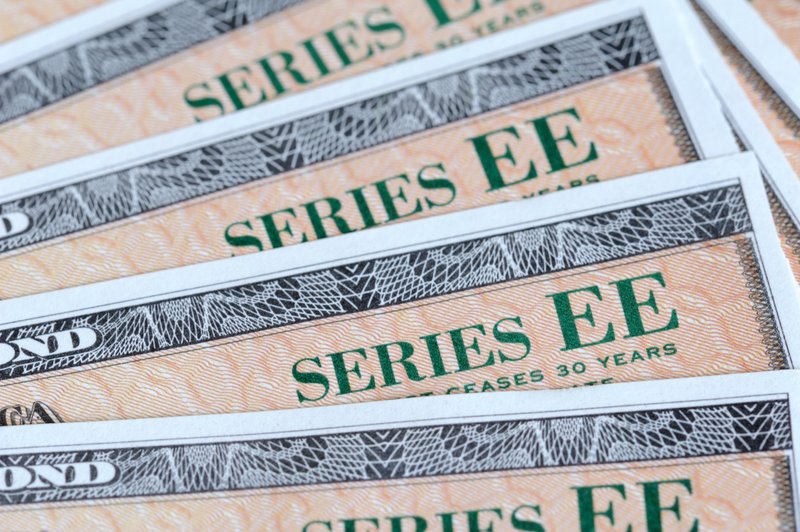
By Steven Russolillo and Daniel Kruger
June 20, 2019
Yields that have hit multiyear lows reflect the difficulties central bankers face in normalizing monetary policy after a decade of unusually easy money. Many investors, economists and policy makers had assumed that the Trump administration’s tax cuts and looser regulation would spur stronger growth and higher inflation and, in turn, higher interest rates.
The opposite has played out this year. The falling 10-year yield, a barometer that helps set borrowing costs across the economy, suggests the economy isn’t humming along as strongly as previously believed.

The souring outlook for growth prospects has also weighed on yields across Europe.
In the U.K., 10-year yields Thursday fell close to their lowest levels since late 2016, hitting 0.805% after a downbeat assessment on the economy from the Bank of England. The monetary authority voted to hold interest rates steady, but noted rising risks to growth including trade tensions and the risk of Britain quitting the European Union with no agreement on future relations in place.
Amid a shaky marketplace, investors are eyeing the yield curve for signs of economic stability. History shows that when the yield curve inverts, a recession may soon follow. Photo Composite: Stephanie Swart for The Wall Street Journal.
The central bank is still predicting a gradual rise in U.K. interest rates so long as Brexit goes smoothly, but the market is now forecasting a cut in rates is more likely over the next two years, according to economists at ING.
Elsewhere in Europe, Italian 10-year yields also continued to fall sharply, reaching 2.012%, their lowest levels since May last year, while German yields remained deeply negative and close to record lows at minus 0.313%.
For investors, low rates often encourage moves into riskier, higher-yielding investments such as corporate debt and stocks. Falling U.S. yields also tend to weaken the dollar and give other economies greater room to cut their own official interest rates.
Falling yields have caught nearly everyone by surprise. In January, none of the 69 economists surveyed by The Wall Street Journal predicted yields would fall below 2.5% by June. The average forecast was about 3%, indicating bonds would have a modest selloff by now.
Instead, the Treasury yield, which moves inversely to prices, was recently at 1.98%, the lowest since late 2016.
U.S.-China trade tensions, global growth concerns and falling inflation expectations have prompted demand for safe-haven assets such as U.S. Treasurys. The latest drop came after the Federal Reserve kept its benchmark interest rate unchanged and signaled a rate cut could come soon.
Distribution of estimates* on the 10-year yield for June 2019
Much has changed this year. After the Fed raised rates four times in 2018, it had at first signaled it would keep tightening policy. That is one reason economists’ yield forecasts started the year so high.
Likewise, most investors in the futures markets started the year forecasting policy rates would be unchanged at year’s end, according to the CME FedWatch tool. Now, the most popular forecast calls for three rate cuts by December.
A measure of U.S. inflation expectations by the University of Michigan fell this month to the lowest level in the 40 years the question has been included in the survey.
Subdued inflation is supportive for bonds because it means less risk to the purchasing power of a bond’s fixed-interest and principal payments.
“Yields are going to be lower for longer, inflation is going to be lower for longer and growth is going to be lower for longer,” said Colin Robertson, managing director for fixed income for Northern Trust Asset Management.
As the Fed and the European Central Bank spell out their plans to support growth and lower interest rates, it could increase demand for Treasurys and other sovereign debt with positive yields as investors adopt yield-chasing behavior, said Edward Al-Hussainy, a government bond and currency strategist at Columbia Threadneedle Investments.
Investors have piled in. Being long, or owning, U.S. Treasurys was voted the most “crowded trade” for the first time this month in Bank of America Merrill Lynch’s fund-manager survey, which polled 230 money managers who collectively manage $645 billion in assets.
The rally in government bonds is broad-based, with yields on 10-year debt in Germany, Japan, Holland, Switzerland and Denmark among those that are in negative territory. Investors who buy new bonds at such levels are effectively paying borrowers to hold their money.
The bond market is often viewed as less flighty than the stock market and perhaps a more reliable indicator of where the economy is headed. The two are sending mixed signals: While Treasury yields keep falling, stocks keep rallying, with the S&P 500 less than 1% away from its high.
The Journal’s most recent survey of economists, published earlier this month, on average forecast 10-year yields would finish the year at 2.34%.
Several economists have revised their Treasury-yield forecasts lower. Earlier this month, JPMorgan Chase & Co. cut its year-end prediction for the 10-year Treasury yield to 1.75%, from 2.9% in March. Bank of America Corp. , UBS Group AG, Goldman Sachs Group Inc. and HSBC Holdings PLC have also slashed forecasts.
Write to Steven Russolillo at steven.russolillo@wsj.com and Daniel Kruger at Daniel.Kruger@wsj.com
Copyright 2019 Dow Jones & Company, Inc. All Rights Reserved.


